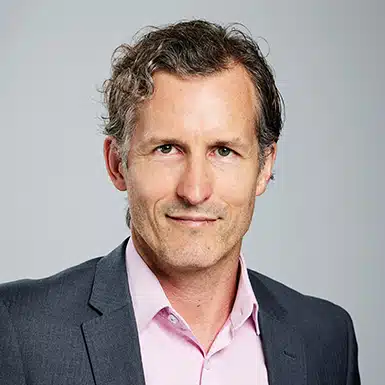 Projects
|
Tilt Renewables’ 108MW Waddi wind farm near Dandaragan in WA’s Wheatbelt region, a priority project on the National Renewable Energy Priority List, was granted environmental approval under national laws after Dandaragan Shire Council approved an increase in the maximum turbine hub height from 112m to 139m, and tip height from 180m to 220m, to minimise the risk of collision for Black Cockatoos.
Stanford University earth science and engineering expert Professor Roland N Horne will chair an international review panel for New Zealand’s supercritical geothermal exploration project, NZ Resources and Regional Development Minister Shane Jones announced in Nevada. The technical design team for the project includes experts from Mercury NZ, Contact Energy, Upflow NZ, Geode Well Engineering and Earth Sciences NZ.

Policy
|
Resources Minister Madeleine King called for bipartisanship over proposed environmental laws and standards. “It’s up to the Opposition whether they want to support a more efficient and more effective system of regulatory approvals for the mining industry,” she told The West, with a US$8.5 billion pipeline of priority projects at stake. The draft bill, due to be introduced this week, has faced early resistance, even without a climate trigger, with the Coalition and Greens raising concerns over the definition of “unacceptable impact” — designed to give projects a quicker “no” — and the scope of stop-work powers. (Sky)
The Nationals’ Senator Matt Canavan says he hasn’t done any modelling on the cost of getting rid of Australia’s net-zero policy suite. “There's a role for modelling, but the old saying is also true that if you ask an economist how to open a can of tuna, they'll say — let's assume that we have a can opener. So you have to be careful,” he told ABC’s Insiders. “I've spoken to businesses, economists, unions. I have met with green activist groups on the investment side just last week. I met with some conservation groups. I pretty much live and breathe and sleep net-zero.” He’ll present his review to the party room today. (ABC)

Regulation
|
Amid an unprecedented surge in electricity demand, US Secretary of Energy Chris Wright directed the Federal Energy Regulatory Commission to make a rule to increase federal control over how large electricity users connect to the grid, with the goal of accelerating the construction of data centers and their power sources.

Technology
|
AEMO is trialling new approaches to maintain power system security as the grid transitions to high renewables, commencing procurement and directly requesting offers to deliver the Type 2 transitional services trials. Statements of Need have been issued for Black Start from inverter-based resources (IBRs), System Restart under High DPV Conditions, Grid-Forming Inverter Protection-Quality Fault Current, and Zero Synchronous Generation.

Climate
|
One of Opposition Leader Sussan Ley’s strongest supporters has effectively endorsed Labor’s 2035 target while warning the Liberal Party has lost its way on climate change, underscoring deep divisions within Coalition. Liberal senator Andrew McLachlan told The Australian a “true conservative” would back strong action to safeguard the environment and reduce carbon emissions.
Farmers hosting renewable energy infrastructure are facing backlash amongst their communities, including threats of violence. In a letter published by The Land newspaper and signed by 10 farmers, signatories claim heated rhetoric from politicians opposed to renewable energy is fuelling anger and dividing communities. (The Age)

Research
|
Australia, relying on voluntary guidelines, risks missing out on global research collaborations because it lacks a national policy on protecting research from espionage, foreign interference, and misuse, Southern Cross University law academic Brendan Walker-Munro warned ahead of the EU Research Security Conference in Brussels this week. “The EU has already made research security part of its law. Australia still treats it as paperwork,” he said.

Random
|
“Even dragging logs up to your cave and lighting a fire as a caveman would cost you more than the wind here,” Andrew Forrest said, opening Squadron Energy’s billion-dollar Clarke Creek wind farm, located between Rockhampton and Mackay in central Queensland. (ABC)

